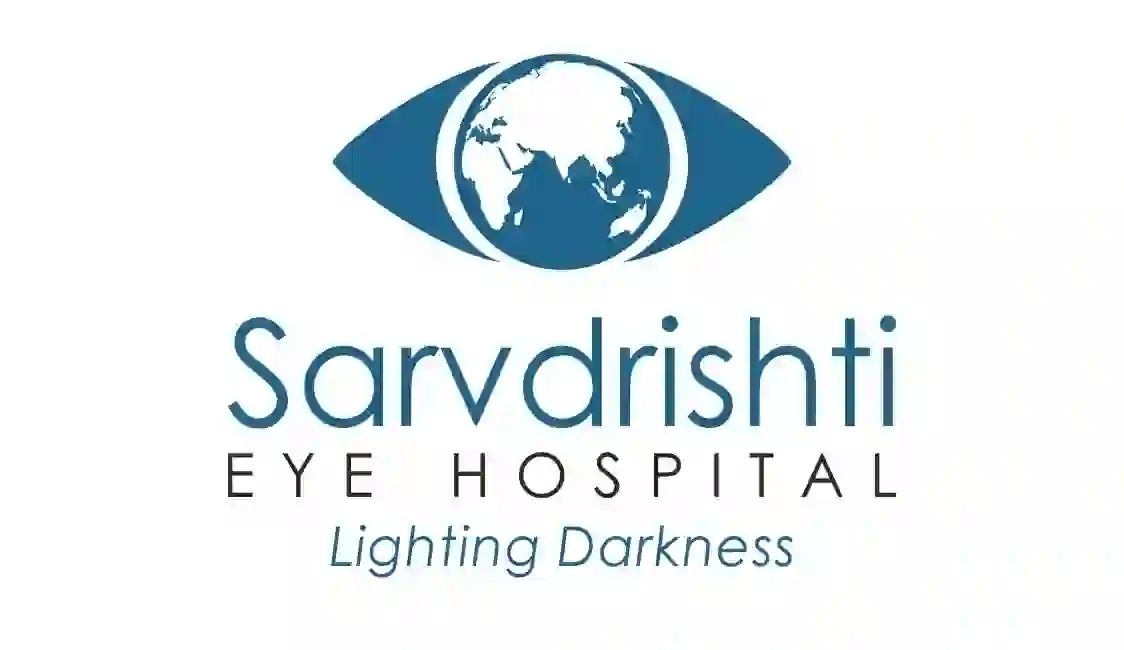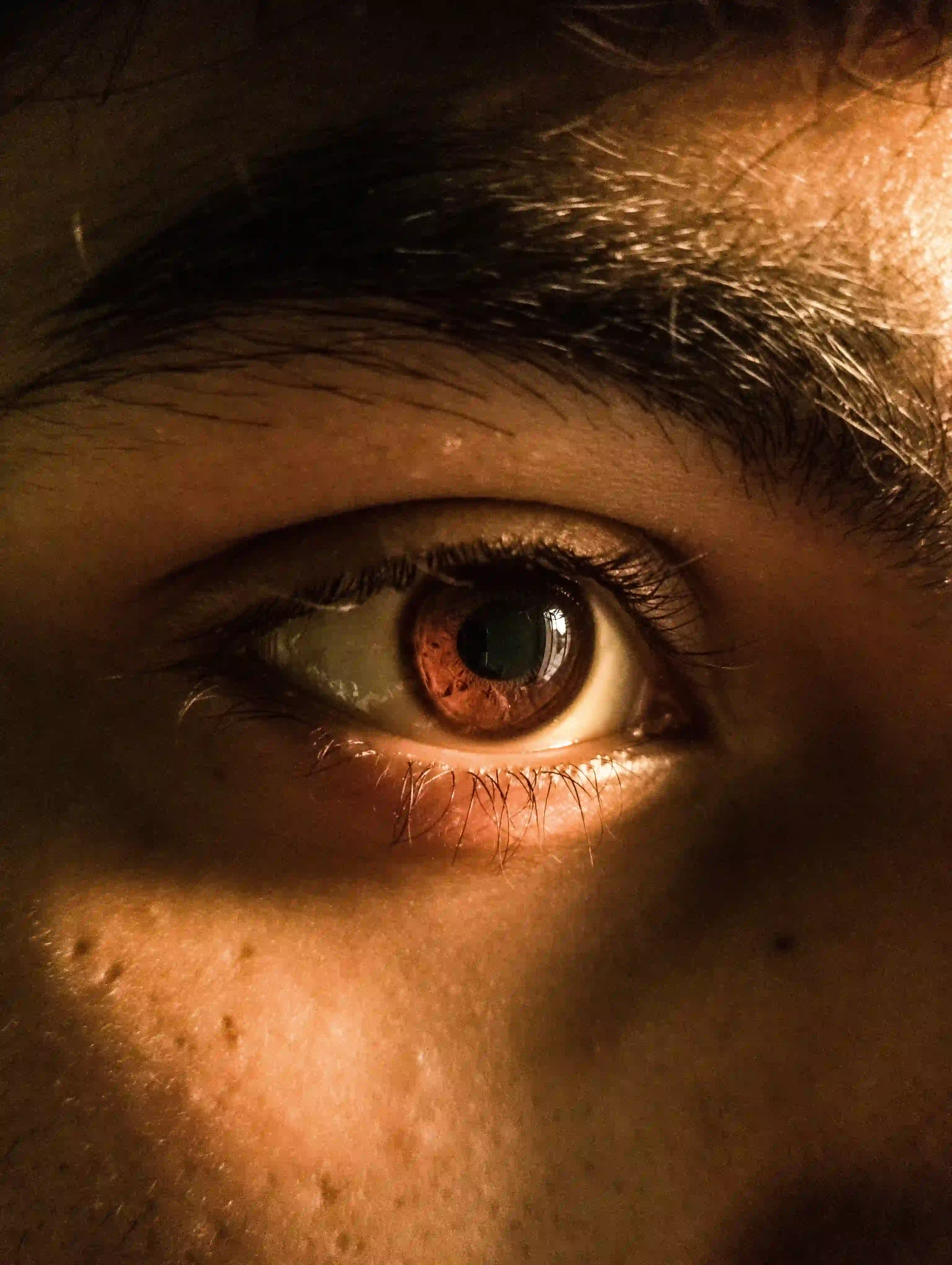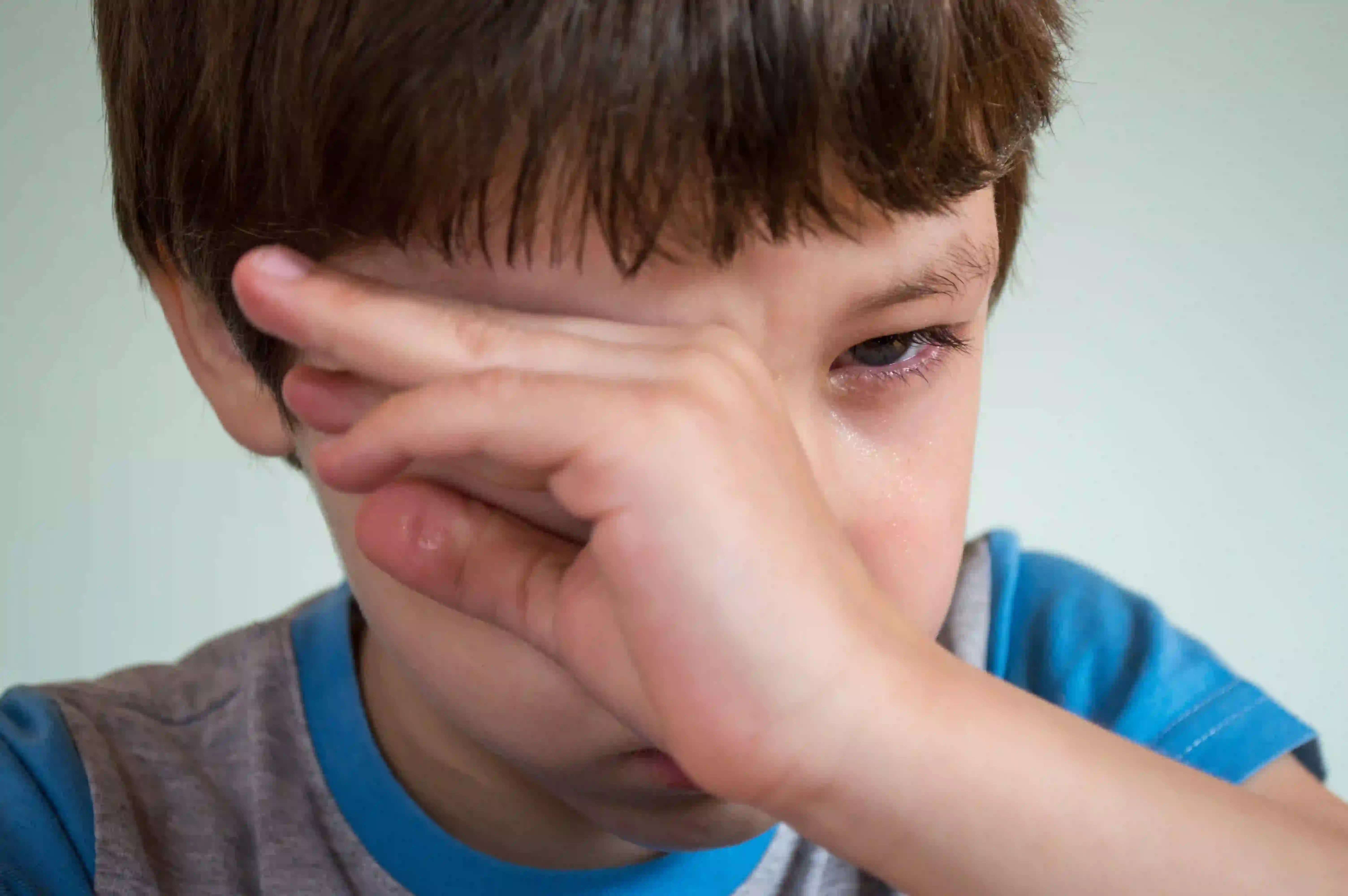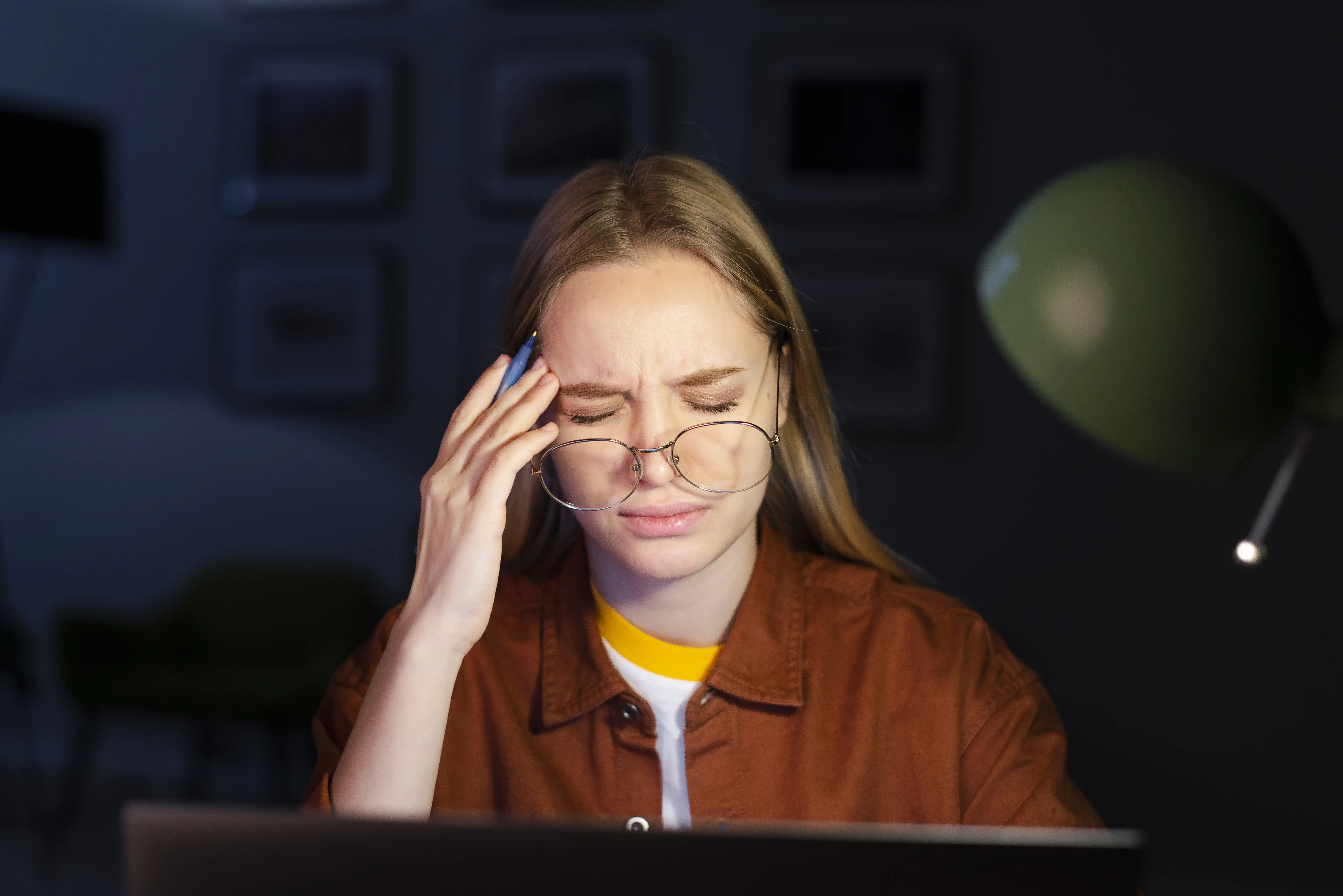Squint
Squint, also known as strabismus, is a condition characterized by misalignment of the eyes, causing them to point in different directions. It occurs when the eye muscles do not work together properly, resulting in one eye looking straight while the other turns inward, outward, upward, or downward.Regular eye examinations, especially in children, help in early detection and management of squint, enabling appropriate intervention to correct the misalignment and improve vision and eye alignment.









